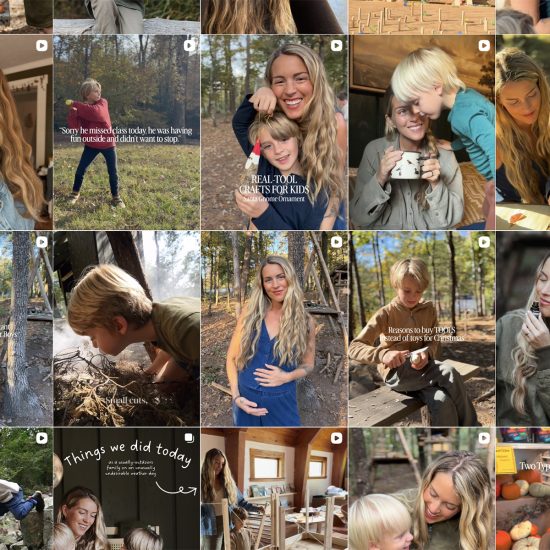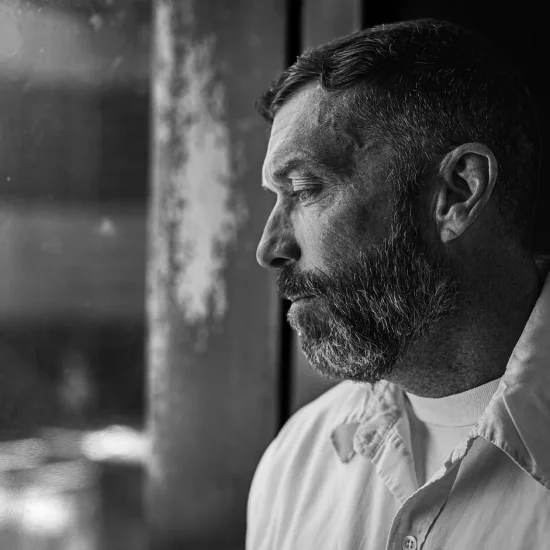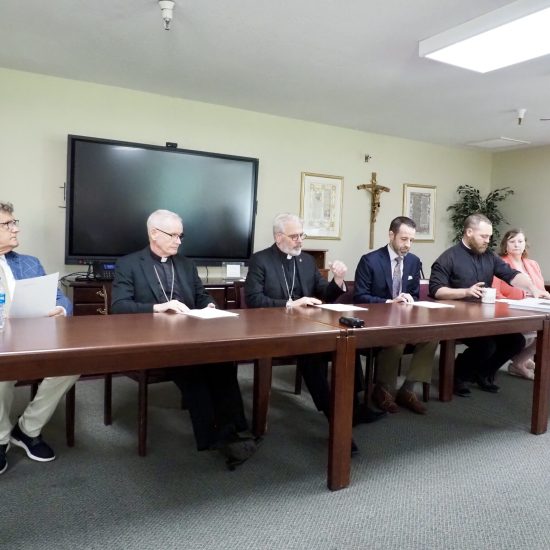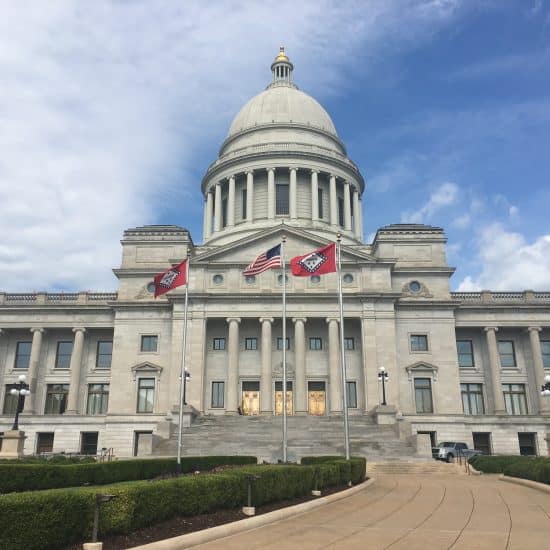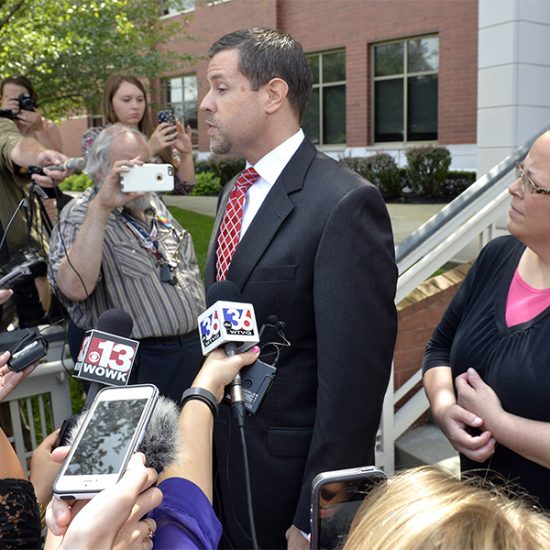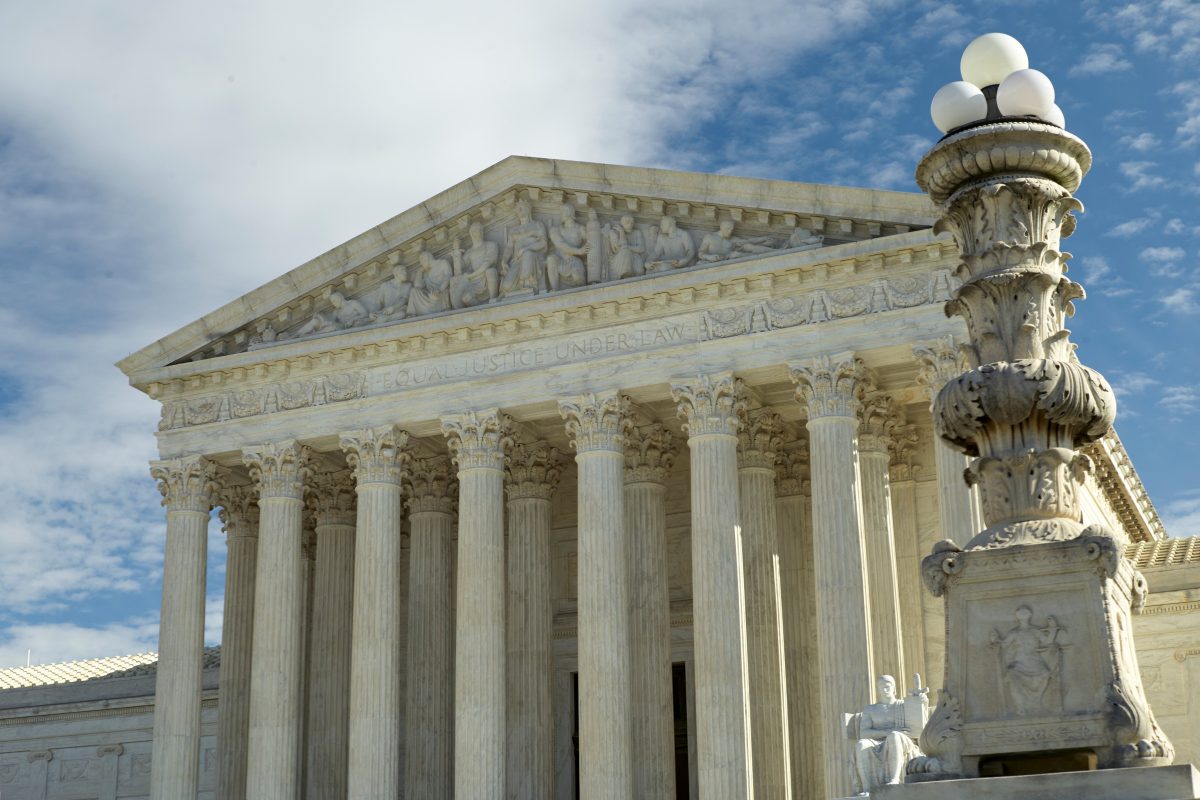
(RNS) — The coronavirus restrictions placed on houses of worship by the state of New York — which the Supreme Court blocked in a recent 5-4 decision — is back under consideration by the second U.S. Circuit Court of Appeals. Meanwhile, the pandemic continues to record gruesome new highs. How should Christians react?
Although religious freedom under the First Amendment is the issue that commanded the Supreme Court’s attention, the emotion fueling the underlying conflict recalls Yale Law Professor Stephen Carter’s controversial book of a quarter century ago, The Culture of Disbelief: How American Law and Politics Trivialize Religious Devotion. A leitmotif rippling through its pages was the notion that the elites of law and government tend to regard religion as “a hobby,” something some Americans pursue as a leisure-time avocation.
The same sort of attitude was visible in the state of New York’s contention that houses of worship are like theaters, concert and lecture halls — all leisurely activities that attract crowds but in this time of pandemic are both nonessential and a grave danger to the public’s health. Indeed, lawyers for the state pointed out that unlike the secular venues they mentioned, all of them shut on state orders, houses of worship in the pandemic’s most dangerous zones were permitted to open for Sabbath services so long as they limited attendance to 10 people.
By the time the case reached the nation’s highest court, the state’s restrictions — more severe than those imposed by any other state — had been lifted, and New York Gov. Andrew Cuomo dismissed the decision as merely an “expression of the court’s (conservative) philosophy and politics.” But he could reimpose the same restrictions again.
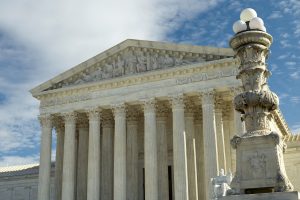
The Supreme Court in Washington, D.C., on Jan. 27, 2020. (Mark Tenally/Associated Press)
I tend to agree with Chief Justice John Roberts that the case should never have reached the Supreme Court, but not for the reasons he gave. New York’s severe restrictions were originally prompted by reports of dangerously high infection rate among Brooklyn’s ultra-Orthodox Jews, whose gatherings tend to be confined and crowded. But the rules also applied to the borough’s Roman Catholic churches holding 800 to 1,000 communicants — which is why one of the plaintiffs was the Diocese of Brooklyn. A more flexible approach by the state would likely have avoided a Supreme Court review.
Like other Roman Catholic bishops, Brooklyn’s Bishop Nicholas DiMarzio had already issued strict rules governing attendance at Sunday Masses: very limited numbers, masks required, hand disinfectant applied (twice) and social distancing at all points inside the church. Apart from the state’s stringent restrictions, what rankled the bishop was its designation of pet shops, hardware stores, and brokerages as essential while treating houses of worship as nonessential.
Like hobbies.
And yet, across the country there are some 1,700 megachurches, many of which do indeed resemble theaters and concert and lecture halls, both in the way they are structured and in what goes on inside.
For example, Joel Osteen’s Lakewood Church, a Houston megachurch claiming 43,500 weekly visitors, is a repurposed sports arena that seats nearly 17,000 people, not counting the thousands more who watch Osteen’s program on television. That program consists solely of a lecture by Osteen delivered on an empty stage. There are no hymns, no prayers, not even a cross or other symbol to suggest what is going on is worship of God. Those attending in person, however, are entertained off-camera by lively music with uplifting lyrics. Osteen closed his church doors for a while but they were wide open for Christmas.
At Saddleback Church in Lake Forest, California, originally created by Baptist pastor Rick Warren as a welcoming place “for those who don’t like church,” members of the 20,000-plus congregation — prior to the onset of the pandemic — were offered a choice of venues from which to worship, depending on whether they preferred Hawaiian, country-western, traditional or contemporary Christian music. Otherwise, all heard the same, straightforward evangelical sermon, piped in from the plain main auditorium. Afterward, they could all mingle over coffee and snacks from a Starbucks-like coffee bar at the center of the church’s 120-acre “campus.”
There are more than 1,700 megachurches in the U.S. and the way many of them acquired mega status was by reserving Sunday worship for elaborate “seeker-services” designed to attract — and yes, entertain — people shopping for a church to join, a community to belong to, or even just the curious. Under this structure, weekday evenings were set aside for small-group meetings of the committed, for Bible study or other forms of Christian discipleship. Saddleback is justly celebrated for its cell-like organization of its most deeply committed members. But under this arrangement, the line between Sunday worship and entertainment is often difficult to discern.
Under the First Amendment, citizens are free to worship in any way they choose without government interference. But when civil authorities, faced with a killer virus and the responsibility to contain it by limiting large gatherings, see humongous churches cushioned and fashioned like theater auditoriums are for audiences, no one should be surprised if they analogize houses of worship to what takes place in theaters and concert and lecture halls, and treat them accordingly.
Most Roman Catholic cathedrals are also megachurches, and every Christmas and Easter their pastors see their congregations (and collections) swell with lapsed Catholics looking for a nostalgic hour’s immersion in the liturgies they once knew as children.
Worship is not entertainment any more than religion is a hobby. From the beginning, Christians gathered communally to break bread as Jesus had commanded them, and during Roman persecutions risked their lives to worship him as Lord in underground catacombs. For centuries before them, Jews had likewise gathered to pray and to learn from Torah readings. In that way they worshipped God and observed his law. Nowhere is it recorded that Christians, or Jews, or in later centuries Muslims, gathered to be entertained.
Surely what is called for in these times of pandemic is discernment and restraint on both sides of the church-state divide.
Kenneth L. Woodward is the former religion editor of Newsweek and the author of Getting Religion: Faith, Culture, and Politics from the Age of Eisenhower to the Ascent of Trump.

